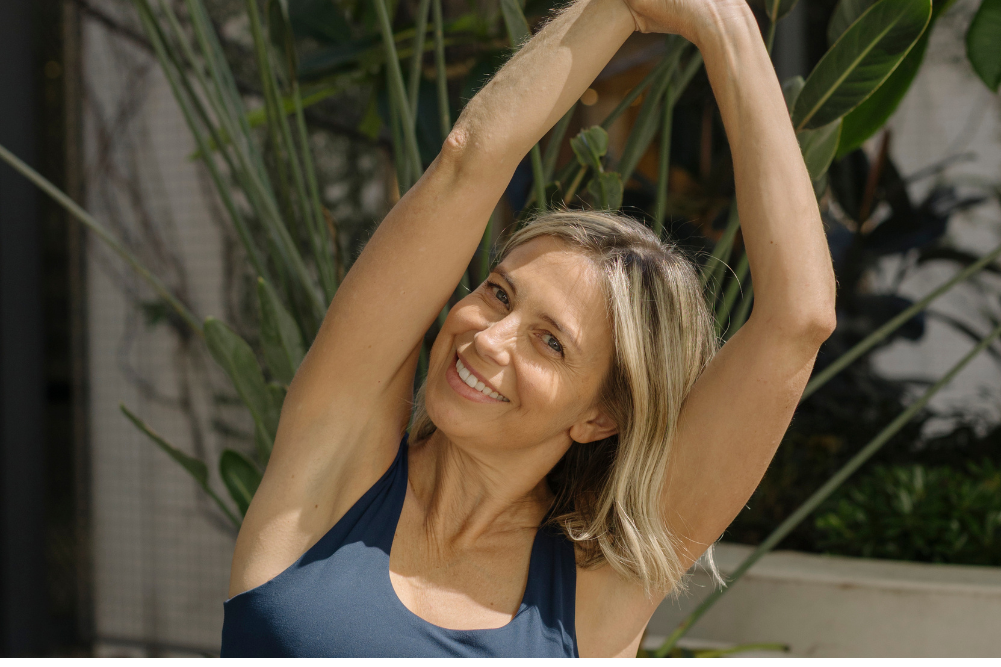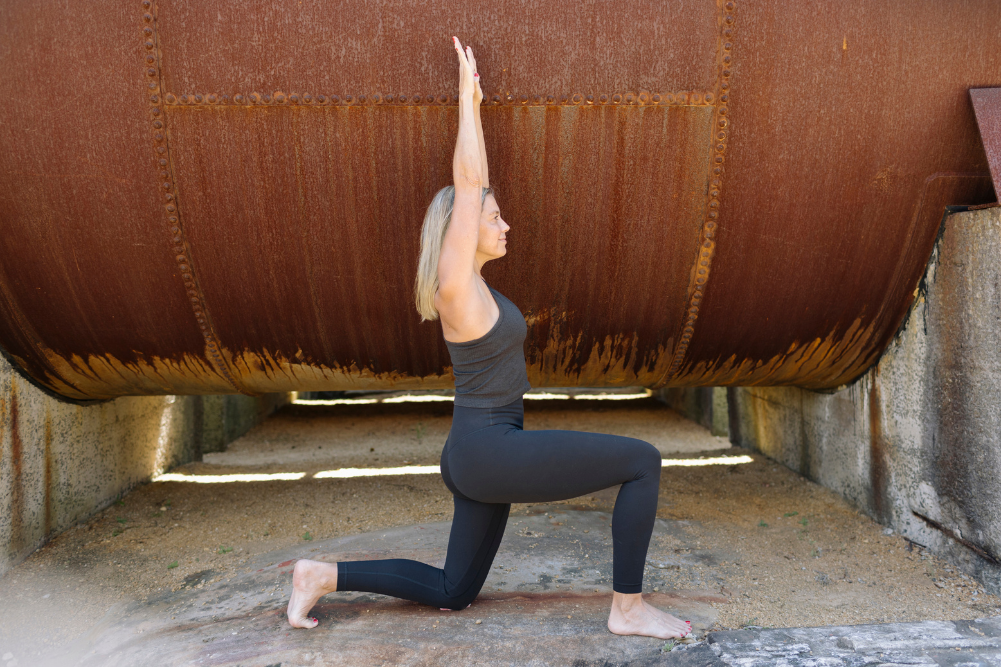Use yoga to achieve a clearer voice
The quality of your voice, the way you speak, affects how you’re heard, how well others listen to you. Someone who speaks freely and confidently with a clear tone of voice is much easier to listen to than a person whose voice grates with stress or shakes with nerves.
There are many different causes of voice problems. Some are physical, with damaged or injured vocal cords causing inflammation and swelling. Others are mental and emotional, with tightness of the throat brought on by anxiety or stress. If the muscles of the throat, jaw, tongue and floor of the mouth are tight, the quality of the voice is affected. This problem is common and can be improved with relaxation, breathing, yoga postures and soundings.
Yoga’s physical postures, breathing and relaxation techniques relax the nervous system and assist with correcting respiration problems. With practice, muscle tension, alignment, respiration, relaxation, presence, centredness, focus and energy are all improved, in turn affecting vocal impact and performance anxiety. When you feel more relaxed and connected with yourself, many problems of confidence and expression will dissolve and the sound of the voice will improve. There are many different yoga postures designed to stretch the muscles in the neck, throat and upper chest, particularly the backward-bending postures.
Certain practices such as meditation, chakra awareness and nada yoga (sound yoga) can also help to access more of the voice. When we apply ourselves to sounding our words fully, opening our throat and using the muscles for voice production efficiently, we experience clarity of speech and acquire a voice that is much more pleasant to listen to. When the voice moves through a body that has been opened and relaxed with yoga postures, the sound naturally carries more freely and fully.
Carmelle Moore, a yoga teacher and speech pathologist for more than 20 years, running workshops throughout Australia, has integrated yoga practices and voice since she discovered the effect it had on her own voice. “The use of postures to alter the breath is one of the more obvious ways yoga can impact on the voice,” she says. “Simply by paying attention to the breath, which is integral to yoga, our breath generally deepens. As well, most postures release tension, enhancing freedom of breath.
“People who have previously been suffering stress can achieve a voice that makes them feel more empowered, that can completely alter the way others receive them. There’s a variety of reasons why people want to work on their voice. Some have real problems with their voice, while others just want to sound different — they feel their voice doesn’t reflect who they really are. They want more resonance, flexibility, power or range.
“Often, people simply need to re-posture their vocal tract so they can resonate their own true voice rather than use the patterns they have learnt from their vocal role models and perhaps outgrown. Other people find their voice responds automatically as they develop emotionally, spiritually, psychologically.”
Carmelle explains that the cells and fluids in our body are highly susceptible to sound vibration: “Our voice is potentially a powerful healing mechanism for the whole body. Sound and voice can be used to access deeper states of awareness, for self healing and to balance our lives. Yoga can help someone move from upper-chest breathing patterns, which lead to tension in the upper chest, neck and throat, causing sound to be restrained, to deep, full breathing, which allows more freedom for the vocal apparatus to function well, improving vocal freedom.”
Voice warm-ups are regularly used by speech pathologists, actors and singers and one of the aims is to achieve what is known as “forward tone placement”. Carmelle explains how we can achieve this through humming: “Explore what happens when you relax your jaw, lips and tongue and maintain the humming sound in the front of your face, as if the voice is from the face, not the throat. All nasal sounds such as ‘m’, ‘n’ and ‘ng’, as in at the end of the word ‘sing’, are great to play with. After a while, add vowels and keep the sound coming forward. Focusing on maximum vibration will produce the most efficient, rich, warm and easily projected voice.
“Chanting, in particular yogic Sanskrit chants, which are full of nasal sounds and long vowels, helps to access our most resonant voice with the repetition helping to still and relax the mind. The subtle vibrations can also be very healing. According to nada yoga theory, when the chant seems to sing itself within you, then it is working on the deepest level of your being and can effect deep shifts in your psyche.”
Carmelle also says there are ways we use our voice in some situations that can be harmful. “Children’s screaming, teachers yelling and some types of singing can all damage the voice. In these cases, voice training — learning how to use the voice safely and knowing when to rest it — can be highly beneficial to both adults and children, lessening the risk of vocal problems.
“Anyone who experiences persistent huskiness or a sense of strain or soreness should consult a speech pathologist,” Carmelle says. “Unfortunately, people often like their husky voice because it sounds sexy and they don’t realise permanent damage may occur. These people may be forcing sound from their throat rather than using the whole vocal resonating system to allow efficient and easy voice production.
“Yoga prepares the bodymind and nervous system to optimally take on new voicing patterns. Yoga postures practised before the vocal exercises can assist in altering these patterns. Following certain yoga practices, a person is more relaxed and ‘open’, allowing the voice to sound more easily.”
If you know your voice is not operating at its best and you want to sound better, clearer, more alive, try some yoga postures that release the spine, open the chest and stretch the throat. Practise regular, deep, full breathing and the humming breath. If necessary, attend a session with a speech pathologist, who can help you rectify any limiting patterns.
Here are a few postures that are effective in softening tension in the muscles involved with speech and freeing up the voice.
1. Simhasana (lion’s roar)
This is a specific yoga practice with sound to clear the throat and create better voice tone.
Position: Kneel with your knees wide, buttocks on your heels. Place your hands on the floor between your knees, fingers facing your body, palms down.
Breathing: Inhale fully. As you exhale, lean forward into your wrists, drop your head back, open your mouth wide and poke out your tongue, sounding the “ah” sound. Feel this “ah” roar from your throat and out through your mouth. Extend your tongue down to the tip of your chin and gaze up to your third eye (in the middle of your forehead). When the exhalation and “ah” sound are complete, sit your buttocks back on your heels and inhale again, then exhale and lean forward again, making the “ah” sound.
Practice: At least three times once a day to clear the throat. Morning is a good time, or before you’re about to make a speech.
Benefits: Through the roaring “ahs” the sweetness of the voice is uncovered; clears and cleanses the throat and passages of the ears, nose and mouth; promotes a clear voice and develops good speech and confidence.
2. Marjariasana (cat stretch)
Use this practice to loosen up your chest, neck, shoulders and throat.
Position: Kneel on all fours with your hands shoulder-width apart, knees hip-width apart.
Breathing: On the inhalation, lift your tailbone, lift your chest and look up, arching your back. Feel your throat stretching. Gaze up to your third eye. On the exhalation, tuck your tailbone under, tuck your chin in and gaze towards your navel, rounding your spine and stretching deeply across your upper back.
Practice: Continue moving like this with the “in” and “out” breaths. You can also hold the inhalation position and breathe in and out through your stretched throat.
Benefits: Frees up the spine; opens the chest and shoulders; stretches and opens the throat.
3. Ustrasana (camel pose)
Softness, mobility and lightness are created with this pose.
Position: Kneel on the floor, knees hip-width apart, hands on your hips. Your toes are either tucked under (easier variation) or the tops of your feet are touching the floor.
Breathing: As you inhale, roll your shoulders back and open your chest. Check that your hips stay aligned above your knees. Exhale and reach back with one arm to grasp the ankle on the same side; extend your other arm up. Tilt your head back a little and stay there with the breath. Inhale fully and exhale through the throat centre. Take deep, full breaths through the nose. Inhale to release and repeat on the other side.
Benefits: Creates a supple spine and opens the chest and shoulders, helping to correct bad posture; stretches and opens the throat muscles.
Contraindications: Avoid if there is lower back strain.
Jessie Chapman is a yoga teacher who runs Radiance Yoga Wellness Retreats in Byron Bay and Bali, which include chakra awareness and voice with Carmelle Moore. Jessie has produced four yoga books (HarperCollins) and a Radiance Yoga DVD for home practice. W: www.radianceretreats.com. Black and white photos are from Jessie’s yoga books (HarperCollins).







